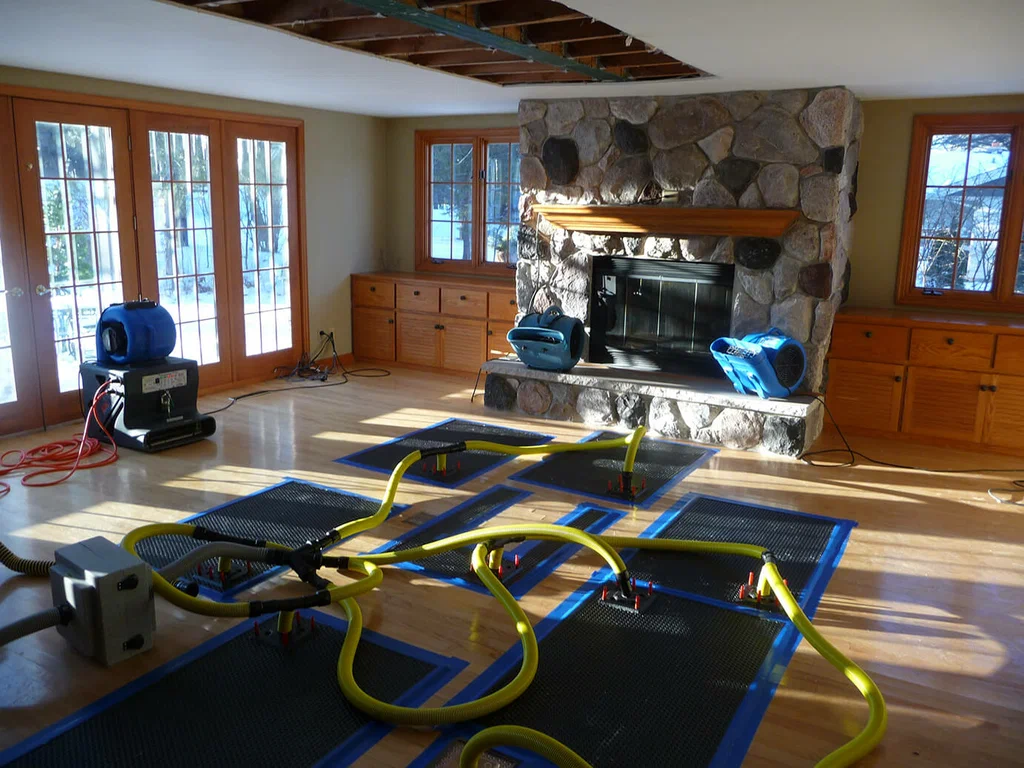Understanding the Impact of Fire Damage
Fire can cause devastating destruction within minutes, leaving behind charred walls, damaged furniture, and lingering smoke odors. Beyond the visible damage, the emotional toll on property owners can be immense. Fire restoration goes beyond simple cleaning—it’s a comprehensive process that restores safety, structure, and comfort. The first step involves assessing the full extent of the damage, including the hidden effects of smoke, soot, and water used during firefighting efforts. A professional inspection helps determine what can be salvaged and what must be replaced.
The Importance of Immediate Action
Time is critical in fire restoration. Delaying cleanup can make damage worse, as soot and smoke residues are highly corrosive. Within hours, these residues can permanently stain surfaces, while lingering moisture can lead to mold growth. Restoration experts begin with emergency board-up and roof-tarp services to protect the property from further damage. Quick removal of water and debris ensures the structure remains stable. Acting swiftly helps preserve as many belongings as possible and minimizes costly repairs later on.
Comprehensive Cleaning and Decontamination
Once the site is secure, the cleaning phase begins. This step involves deep cleaning of all affected areas, removing soot from walls, ceilings, and floors. Specialized equipment like air scrubbers and ozone machines is used to eliminate smoke odors. Every material reacts differently to fire damage—wood, metal, and fabric each require unique cleaning solutions. Professionals use non-toxic and environmentally friendly agents to ensure safety during and after restoration. This phase is crucial in making the environment habitable again.
Repairing and Rebuilding Damaged Areas
After cleaning and deodorization, the focus shifts to structural repairs. Depending on the severity of the fire, restoration can range from minor drywall fixes to full-scale reconstruction. Skilled contractors replace damaged roofing, walls, insulation, and flooring to bring the property back to its pre-fire condition. Modern restoration techniques often include upgrading materials to be more fire-resistant, ensuring better protection for the future. The goal is not only to rebuild but to enhance the property’s resilience against potential disasters.
Emotional Recovery and Professional Support
Fire damage affects more than just physical structures—it impacts people’s sense of security and peace of mind. Professional fire restoration services provide more than technical expertise; they offer emotional reassurance throughout the recovery process. Restoration teams work closely with homeowners and insurance providers to streamline claims and ensure transparent communication. With compassion and expertise, they help families and businesses move forward confidently, transforming devastation into renewal and hope.
